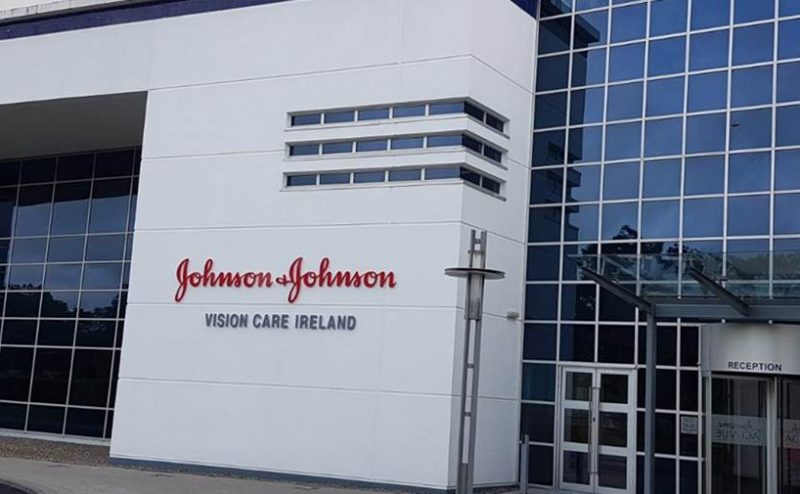
Johnson and Johnson VisionCare have completed building a new gym and medical centre with support from SEAI and it’s EXEED (Excellence in Energy Efficient Design) certification programme. This has resulted in the new facility being 25% more energy efficient than current building regulations.
SEAI’s EXEED encourages innovation in how we design and manage projects and is driving the adoption of longer-term solutions to the energy challenges we face. The benefit of EXEED is that energy performance is considered at the very beginning of the design of a new build or major upgrade project, reducing energy consumption and operational costs for the lifetime of the building.
In addition, SEAI supports up to €500,000 per year to businesses or public bodies applying EXEED in the design of projects.
Commenting on EXEED, Jim Gannon, CEO of SEAI, said: “SEAI is already supporting over 70 businesses in achieving EXEED certification and significantly reducing their energy consumption. Last year, SEAI invested €1.6 million in EXEED projects ranging from educational facilities, to pharmaceutical companies to public buildings. Projects that consider energy performance and energy management at the design stage can save up to 30% in energy use and typically save on capital expenditure for new investments.”
Johnson & Johnson VisionCare’s gym and medical centre is Ireland’s first greenfield site to achieve SEAI EXEED certification. The centre is on its Limerick site and is a space for meetings, treatments and fitness for employees.
A pioneering new build
Johnson and Johnson VisionCare aimed to deliver a centre that is innovative and sustainable. As well as being energy efficient, the building is also comfortable and bright for employees using the facility.
They did a review of where they would use energy and how they could avoid energy use as much as possible. It was important to find ways to increase natural daylight and control energy and water use. They used a fabric first approach, focusing on how they could reduce infiltration and thermal bridging.
A big energy user in the centre is hot water for showers. An air source heat pump heats the water for the showers. It also provides space heating. Each room has a fan coil unit which controls the temperature and ensures comfort in that space
A CO2 sensor on the return duct of the HVAC system gives an estimate of how many people are in the building. When it senses that there are more people it increases air flow rates. And the fans reduce their speed if there are less people in the facility.
The LED lights have occupancy sensors, so the lighting is all automatic. The bright and welcoming lighting adds to the aesthetic of the building. The lights and fans automatically turn off at night time.
The site already had a 3MW wind turbine, and 100% of the electricity generated from the turbines is consumed onsite.
Paul Walsh, Energy and Sustainability Lead at Johnson and Johnson, recognises the benefits of introducing energy efficiency into the design of a project: “I recognise the benefits of a design-led approach. SEAI EXEED provided an opportunity to do this through a structured programme. The grant was a motivator in considering EXEED in the beginning. You have to be prepared for the process which can be challenging. But the results have been incredible. We have seen substantial cost and energy savings. We have seen first-hand the importance of considering energy-use in the building at design stage and a key learning for us is to engage early. We will be using this approach in energy projects for Johnson and Johnson VisionCare going forward.”